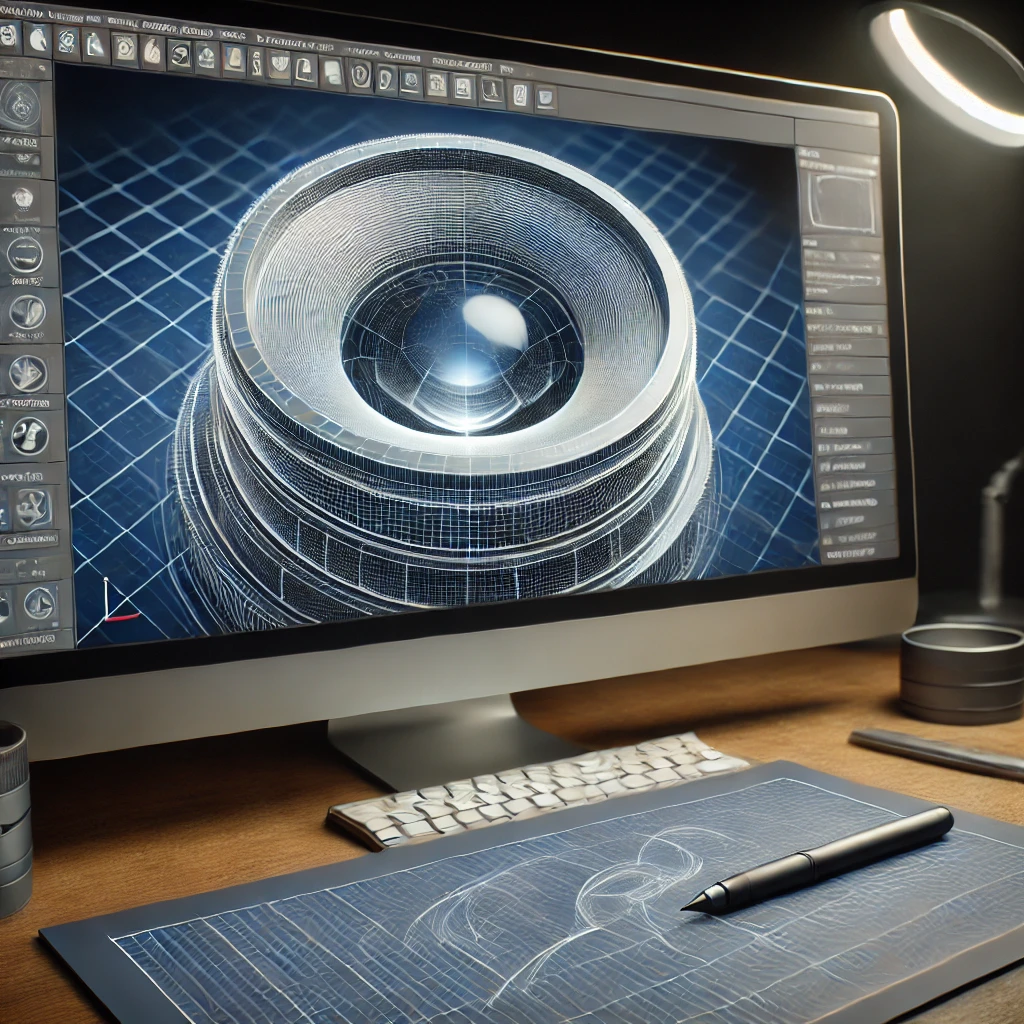3D Printed Optical Lenses: Revolutionizing Precision Optics and Customization

Discover how 3D printing is revolutionizing optical lenses, offering precision and customization. Explore applications in eyewear, photography, and scientific research with 3D printed lenses.
3D Printed Optical Lenses
The field of optics has seen significant advancements with the advent of 3D printing technology. 3D printed optical lenses offer unprecedented precision and customization, transforming industries such as eyewear, photography, and scientific research. This article delves into how 3D printing is revolutionizing the production of optical lenses, making it possible to create complex, high-quality lenses with custom specifications.
1. The Advantages of 3D Printed Optical Lenses:
Customization: One of the biggest advantages of 3D printing optical lenses is the ability to create custom designs. This is particularly beneficial for eyewear, where lenses can be tailored to an individual’s specific prescription, shape, and even aesthetic preferences. In photography, it allows for the creation of specialty lenses with unique optical properties.
Complex Geometries: Traditional lens manufacturing is limited in terms of the shapes and geometries it can produce. 3D printing allows for the creation of complex aspherical lenses, Fresnel lenses, and other intricate designs that enhance optical performance. This level of complexity enables the development of lenses with improved light transmission and reduced optical aberrations.
Rapid Prototyping and Production: 3D printing accelerates the process of prototyping and producing optical lenses. Designers can quickly test and iterate on lens designs, reducing the time and cost associated with traditional lens manufacturing methods. This rapid production process is particularly valuable in fields such as medical imaging, where custom lenses are often required.

2. Applications of 3D Printed Optical Lenses:
Custom Eyewear: 3D printed lenses are being used in the eyewear industry to create glasses with custom-fit lenses that match the user’s exact prescription and facial geometry. This customization improves comfort, vision correction, and the overall aesthetic of the glasses.
Scientific Research: In scientific research, custom optical lenses are used in microscopes, telescopes, and other imaging equipment to enhance clarity and precision. 3D printing allows for the creation of specialized lenses that are tailored to specific research needs, such as focusing on a particular wavelength of light.
Camera and Imaging Systems: Photographers and filmmakers can benefit from 3D printed lenses that offer unique optical effects and enhanced control over image quality. This includes lenses with variable focal lengths, unique bokeh effects, or specialty filters integrated directly into the lens design.
3. Challenges and Future Developments:
Material Limitations: One of the primary challenges in 3D printing optical lenses is finding materials that offer the necessary optical clarity and refractive properties. While materials like photopolymers are commonly used, research is ongoing to develop new materials that can produce lenses with higher clarity and less distortion.
Surface Finish and Precision: Achieving the required surface finish and precision for optical lenses is challenging. Even minor imperfections on the lens surface can affect its optical performance. Advances in post-processing techniques, such as polishing and coating, are crucial to achieving the desired quality.
Future Prospects: The future of 3D printed optical lenses includes the development of smart lenses with integrated electronic components, such as augmented reality displays or sensors. As materials and printing techniques continue to evolve, we can expect to see even more innovative applications in fields like medical diagnostics, virtual reality, and advanced imaging systems.
3D printed optical lenses are transforming the world of optics by offering a level of customization and precision that was previously unattainable. From custom eyewear to advanced imaging systems, 3D printing is enabling the creation of lenses that enhance performance and open up new possibilities in various industries. As technology continues to progress, the potential for innovation in 3D printed optics is vast.
For more in-dept information on this visit the Photonics at https://www.photonics.com/Articles/3D_Printing_Creates_New_Optical_Possibilities/a68317
Check out our follow article on theStep-by-Step Guide to Designing and Printing Custom 3D Printed Optical Lenses https://master3dp.com/step-by-step-gui…d-optical-lenses/



